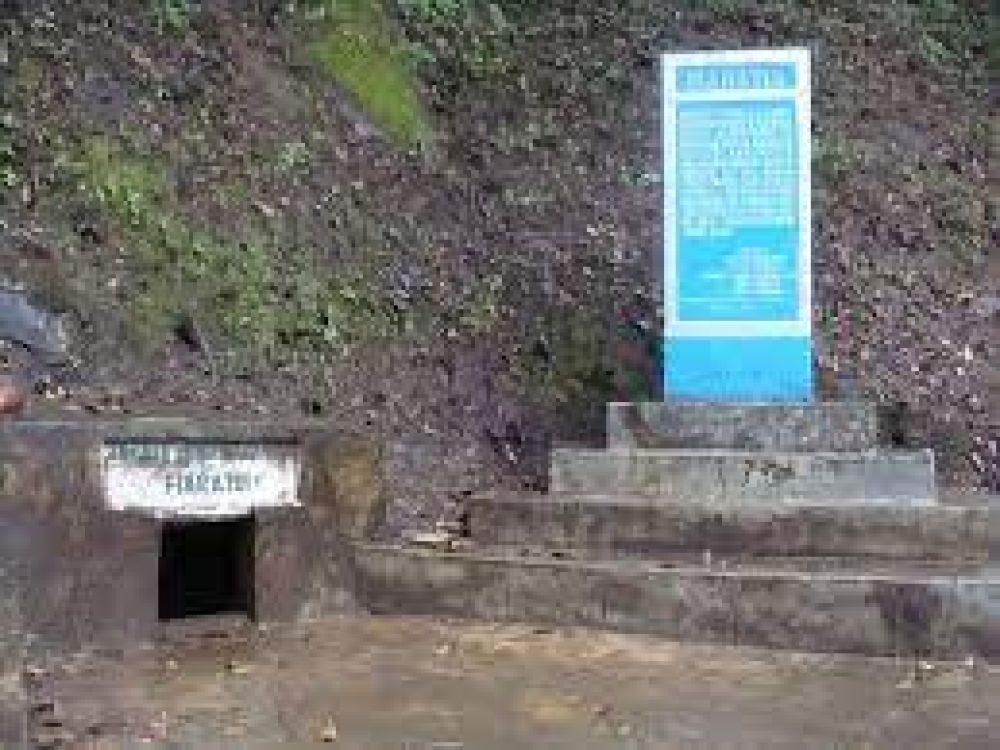

Tucked away in the picturesque landscapes of Mizoram, one of the least explored states in Northeast India, lies Fiara Tui - a serene and untouched destination near Champhai. The tourism history of Fiara Tui is as lush and verdant as its surroundings, rooted in the rich cultural tapestry and pristine natural beauty that defines the area.
Historically, Fiara Tui has been more of a hidden treasure rather than a bustling tourist hotspot. The local communities, primarily belonging to the Mizo tribes, lived in relative isolation with their traditions and customs largely undisturbed by external influences. It wasn't until recent decades that the tourism potential of Mizoram began to be appreciated, with Fiara Tui gradually gaining prominence for its idyllic setting and cultural significance.
The government of Mizoram, recognizing the untapped potential of places like Fiara Tui, has been working towards developing sustainable tourism. Efforts have been made to provide essential infrastructure without compromising the ecosystem or the way of life of the local populace. Lodging facilities ranging from traditional huts to modest guesthouses have sprung up, welcoming those who seek tranquility away from the urban sprawl.
In recent years, Fiara Tui has witnessed a slow but steady increase in visitors. The draw of its rolling green hills, quaint villages, and the panoramic vistas of the surrounding landscapes is undeniable. The region's tourism has benefitted from the overall growth in the Northeast's connectivity and infrastructural improvements, though it remains a niche destination for those in the know.
Eco-tourism and cultural tourism are the current trends shaping Fiara Tui's tourist landscape. Visitors are keen to engage with the local community, experience their way of life, and explore the untouched natural environment. Small-scale tourism ensures that visitors can have authentic experiences such as participating in traditional festivals, sampling local cuisine, and trekking through the lush hills which retain their natural charm.
One of the core challenges for Fiara Tui's tourism is finding the balance between development and preservation. There's a concerted effort to promote responsible tourism practices that protect the environment and support local cultures. The use of natural materials in construction, eco-friendly waste management, and the promotion of local handicrafts are some of the initiatives undertaken to ensure that tourism is beneficial to both visitors and residents.
With the increasing interest in offbeat destinations and sustainable travel, Fiara Tui is set to become a more prominent feature on the tourist map of northeastern India. The potential for growth in tourism is being thoughtfully managed, aiming to preserve the enchanting allure that makes Fiara Tui unique. The future is bright, with the shared goals of appreciating, conserving, and sharing this beautiful corner of India with discerning travelers from across the globe.
Fiara Tui stands as a testament to the beauty and tranquility that can be found off the beaten path. Its history in tourism might be brief compared to other destinations, but it is a history that is being carefully crafted to tell a story of harmony between nature and culture, between visitor and local, and between tradition and modernity.